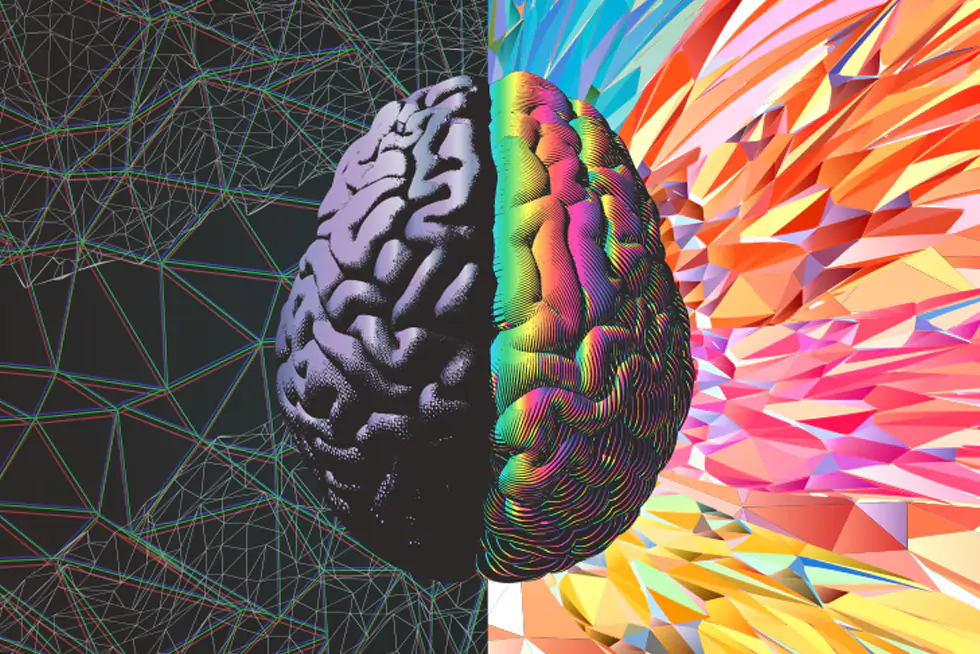Science in Action: The Human Brain takes science writing students to the front lines of scientific research on the world’s most complex, complicated system in the world – the three-pound organ that regulates every process of the human body.

This June, a new MA in Science Writing program residency has been designed to blow the minds of its 26 students.
The Science in Action: The Human Brain course will meet at Hopkins’ Homewood Campus in Baltimore. Students will visit the front lines of scientific research, with a focus on reporting skills, story idea enhancement, and the craft of explanatory writing – specifically on the gray matter and white matter of the three-pound organ that regulates every process of the human body.
Program Director and senior lecturer Melissa Hendricks and lecturer Bill Gourgey will accompany students as they meet with researchers, take field trips, and discuss the writing process. A scientific story or essay related to the brain will be the conclusion of this immersive experience.
“I’m really psyched about having our residency focus on the brain,” Hendricks said. “The human brain is the most complex, complicated system in the world and is such an inviting subject for science writers. The course considers the brain from many different angles – neuroscience obviously, but also paleontology and cognitive science. We explore how the brain has given rise to not only language, art, music, literature, science, and industry but also to wars, torture, racism, and environmental destruction.”
Students will meet with a paleoanthropologist at the Smithsonian Museum of Natural History in Washington, D.C. to learn about the evolution of the human brain. They will connect with a neurosurgeon to discuss leading research in diagnosing brain tumors and determining the most effective treatment for them. They will visit the Hopkins’ Center for Music and Medicine to interview specialists studying the effects of music therapy on the brain. Leaders from the International Arts & Mind Lab will introduce students to neuroaesthetics, a field that studies that the neural processes underlying human being’s appreciation of beauty and art. Bioethicists will have students considering ethical challenges related to brain enhancements, brain implants, and mind uploads which may soon advance beyond the realm of science fiction.
Gourgey will address the technical side of the brain and the intersection of human intelligence and artificial intelligence. He will be putting students in front of computer scientists and others who are coming at the brain from the technical front.
“The nexus of artificial and human intelligence is an interesting field to contemplate,” Gourgey said. “We plan to meet with people who do brain imaging and see what their predictions are for trying to successfully obtain a full map of the human brain. Much like what the whole mapping of the human genome was to the late 20th century, mapping the human brain is the equivalent challenge of the 21st century. It is going to require massive computing power and artificial intelligence to figure it out. We will discuss the brain-computer interface research. It’s a little bit ‘Wild Westish’ to hook up nodes to someone’s brain and not know exactly what is happening downstream, because you don’t have a full map to show how everything is connected.”
Students will delve into the history of deep learning networks, which began with perceptrons in the 1950s—mathematical arrays that attempt to mimic the activity that happens seamlessly in the brain. They will also study the groundbreaking work of British neuroscientist Karl Friston, a key architect of the free-energy principle and studies on sentience, the brain’s ability to experience feelings, emotions, sensations, and awareness.
“After all of these conversations, we will circle back and discuss how storytelling works in the writer’s brain,” Hendricks said. “What is going on in our brains during the creative process? Are there ways we can improve it based on science?”